Sigma A 20 mm f/1.4 DG DN
5. Chromatic and spherical aberration
Chromatic aberration
Longitudinal chromatic aberration results of the Sigma A 20 mm f/1.4 DG DN surprised us a lot. The reflex camera predecessor showed here some slight problems and, to be honest, we thought the tested lens would fare only better. Still during our test we noticed no improvement at all and when we took a closer look we saw even a certain regress. A pity.Of course you don't deal here with a high level but a lens with such a complex optical system, including two low dispersion SLD elements, you should have performed a tad better.
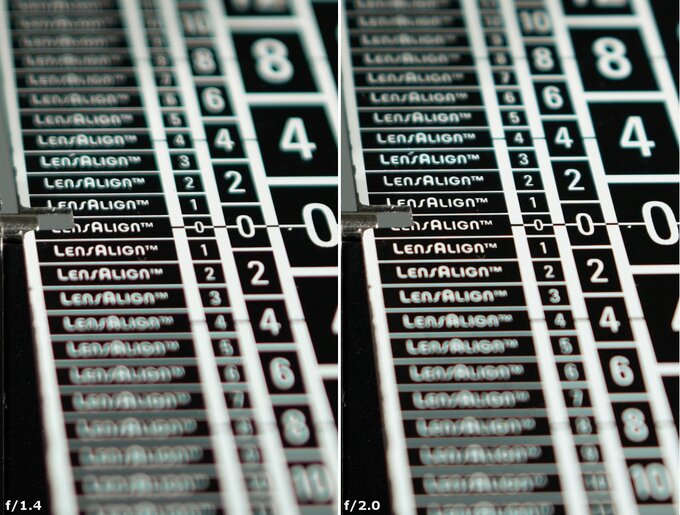 |
Fortunately, we don't have any reservations concerning the correction of lateral chromatic aberration – a graph, shown below, presents results in this category that depend on aperture values and used detector.
Please Support UsIf you enjoy our reviews and articles, and you want us to continue our work please, support our website by donating through PayPal. The funds are going to be used for paying our editorial team, renting servers, and equipping our testing studio; only that way we will be able to continue providing you interesting content for free. |
- - - - - - - - - - - - - - - - - - - - - - - - - - - - - - - - - - - - - - - - - - - - - - - -
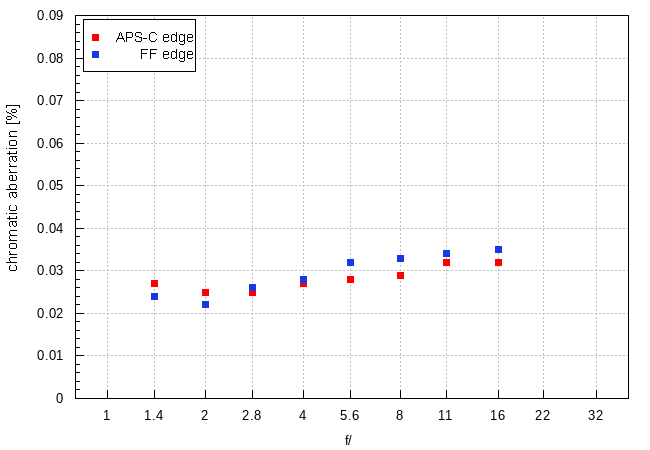
No matter whether you look at the edge of the APS-C or the edge of full frame, aberration remains negligible, amounting to 0.02-0.03%. It's a bit less than the values shown by its reflex camera predecessor but the Sony 1.8/20G fared in a very similar way.
| A7R III, RAW, f/1.4 | A7R III, RAW, f/11.0 |
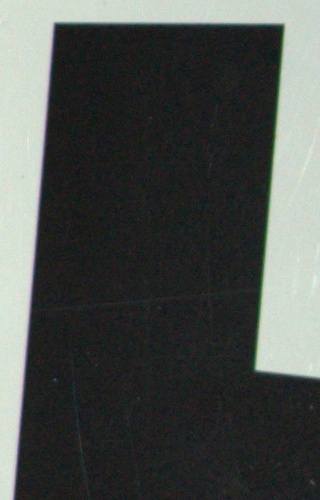
|
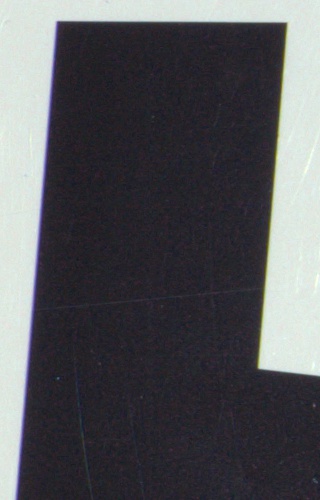
|
Spherical aberration
First photos of this chapter show a slight trace of focus shift because, after passing from f/1.4 to f/2.0, depth of field moves toward greater distances. Some symptoms of undercorrected spherical aberration are also visible in circles of light we got before and behind the focus. In the first case you can notice soft edges, in the second – a slightly accented rim.Perhaps spherical aberration, not corrected as well as it should, is the reason why the Sigma A 20 mm f/1.4 DG DN lags behind its predcessor and the Sony when it comes to the performance at the maximum relative aperture.
| A7R III, f/1.4, before | A7R III, f/1.4, after |
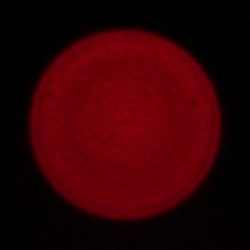
|
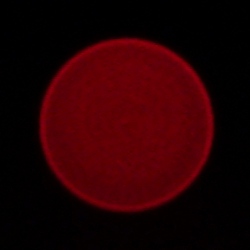
|






